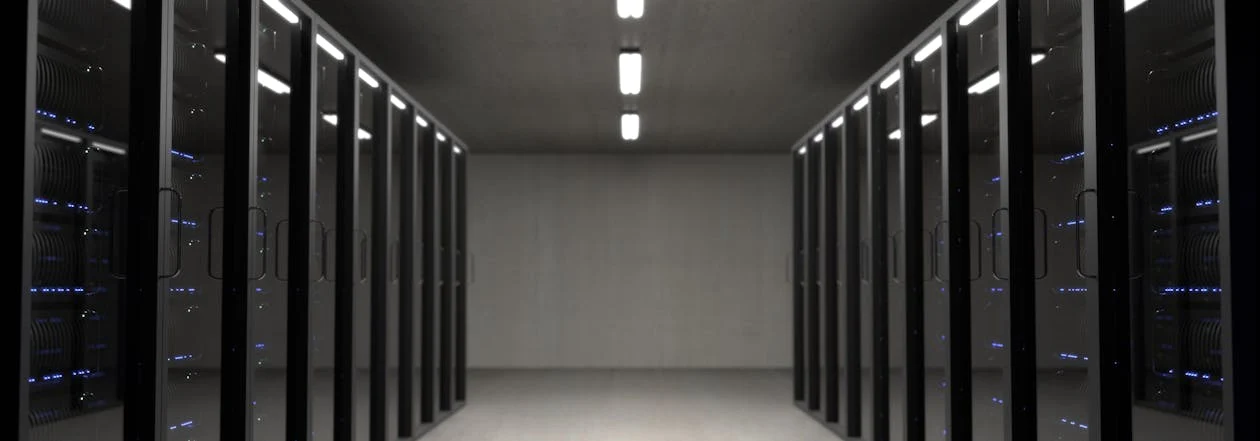Servers (On-Site or Cloud-Based)
We manage both on-premise and cloud-based servers, ensuring your infrastructure is scalable, secure, and optimized for performance. Whether your application runs in-house or in the cloud, we provide seamless setup and management.
Networking & Load Balancing
Our team takes care of all networking aspects, from configuring routers and switches to managing load balancers that distribute traffic effectively. This ensures high availability, reduced latency, and a smooth user experience, even during peak traffic periods.
Web & Application Servers
We handle the setup and maintenance of web and application servers, guaranteeing that your applications function reliably and are able to handle user requests efficiently.
APIs & Integration
Our experts manage the integration of APIs to ensure that your application communicates flawlessly with third-party services and other internal systems. Whether it’s adding new features or connecting multiple platforms, we’ve got you covered.
Security & Data Protection
Your application’s security is our top priority. We implement robust security protocols, including firewalls, encryption, and authentication systems to protect your sensitive data from cyber threats.
Scalability Solutions
As your business grows, so do your technology needs. We offer auto-scaling solutions and distributed computing to ensure your infrastructure can handle increased demand, keeping your application fast and reliable under any conditions.
DevOps & Monitoring
We leverage DevOps practices to streamline your development and operational workflows. Our team monitors your application around the clock to ensure it runs efficiently, minimizing downtime and ensuring rapid response to any issues.
Cloud Services Integration
Whether you’re using AWS, Microsoft Azure, or Google Cloud, we provide expert cloud services management. From deployment to optimization, we ensure your cloud environment is secure, cost-effective, and scalable.



